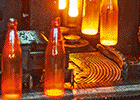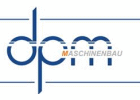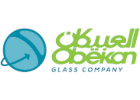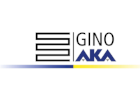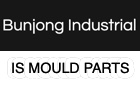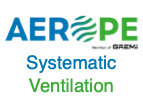The North American markets are showing an increasing interest in windows “made in Europe”. Two new studies by the institute EMU Systems give European window makers basic information about the peculiarities of overseas markets.
The United States and Canada are catching up in matters of energy-efficient construction. For example, the International Energy Conservation Code (IECC) has for years required buildings to be designed and built to be more airtight and energy efficient. Moreover, the focus is increasingly shifting onto windows.
Their performance matters for the overall energy balance and influences the temperatures on the glass edge – and hence the level of comfort in the home. The US Department of Energy (DoE) requires that attention be paid to the frame materials used in windows, the correct choice of glazing units, as well as the use of good spacer bars.
According to the IECC standard, buildings must have a certain degree of airtightness, which is verified by means of an obligatory blower door test. Consequently, proper moisture management is needed to avoid the precipitation of condensation, mould and other kinds of damage to windows and buildings. This is the main driver for changes such as the elimination of thermal bridges. The trend is given an extra boost by the high claims for compensation that are possible in the American legal system. The risk of damage caused by condensation is not yet fully understood by many planners and companies in North America.
This presents good opportunities for window makers in Europe to turn their gaze overseas. Two studies prepared by the institute EMU Systems in Colorado on behalf of SWISSPACER supply the basic data required. They list the differences between the relevant American and European standards and provide important insights for those looking to engage with the North American and Canadian markets at some point in the future.
In “The Impact of Glass Spacers on Energy Performance and Risk of Condensation in American/Canadian Windows”, five glass spacer bars were combined with nine window frame profiles. The studies investigate the thermal resistance on the frame, the glass edge and across the entire window, as well as the surface temperature at the glass edge on the basis of the locally applicable standards and calculation methods. In some cases, the latter differ significantly from European regulations and designations.
While, for example, the spacer bars are included in the formula as a separate, purely linear factor in Europe, in North America the spacer bar is considered in the calculation as being a “glass edge” area. This involves calculated a corresponding value for an area with a width of 63.5 mm (2.5 inches) all round. As this overlaps with the “U-frame”, a better spacer bar also results in a better value for the frame. Based on the North American calculation methods, it is possible to improve the U-values of windows by up to 22 percent.
The studies supply relevant results in the area of condensation precipitation in the various climate zones of the North American continent. With a highly efficient spacer bar between the panes, the risk of condensation reduces significantly: thus the temperatures on the glass edge were on average 7.2 °C higher than for aluminium spacer bars across all systems. A maximum improvement of up to 11 °C is possible.
The studies also explain the classifications for the Energy Star label used in the USA and Canada. The requirements are based on climatic zones and primarily measure the U-value of the windows and the solar gain. In Canada, an energy rating factor of at least 40 is also required for new buildings. Even in high-quality profile systems, this is achievable only in conjunction with the best spacer bars available, such as the SWISSPACER Ultimate.
“The Impact of Glass Spacers on Energy Performance and Risk of Condensation in American/Canadian Windows”, is available now on the website of SWISSPACER.




